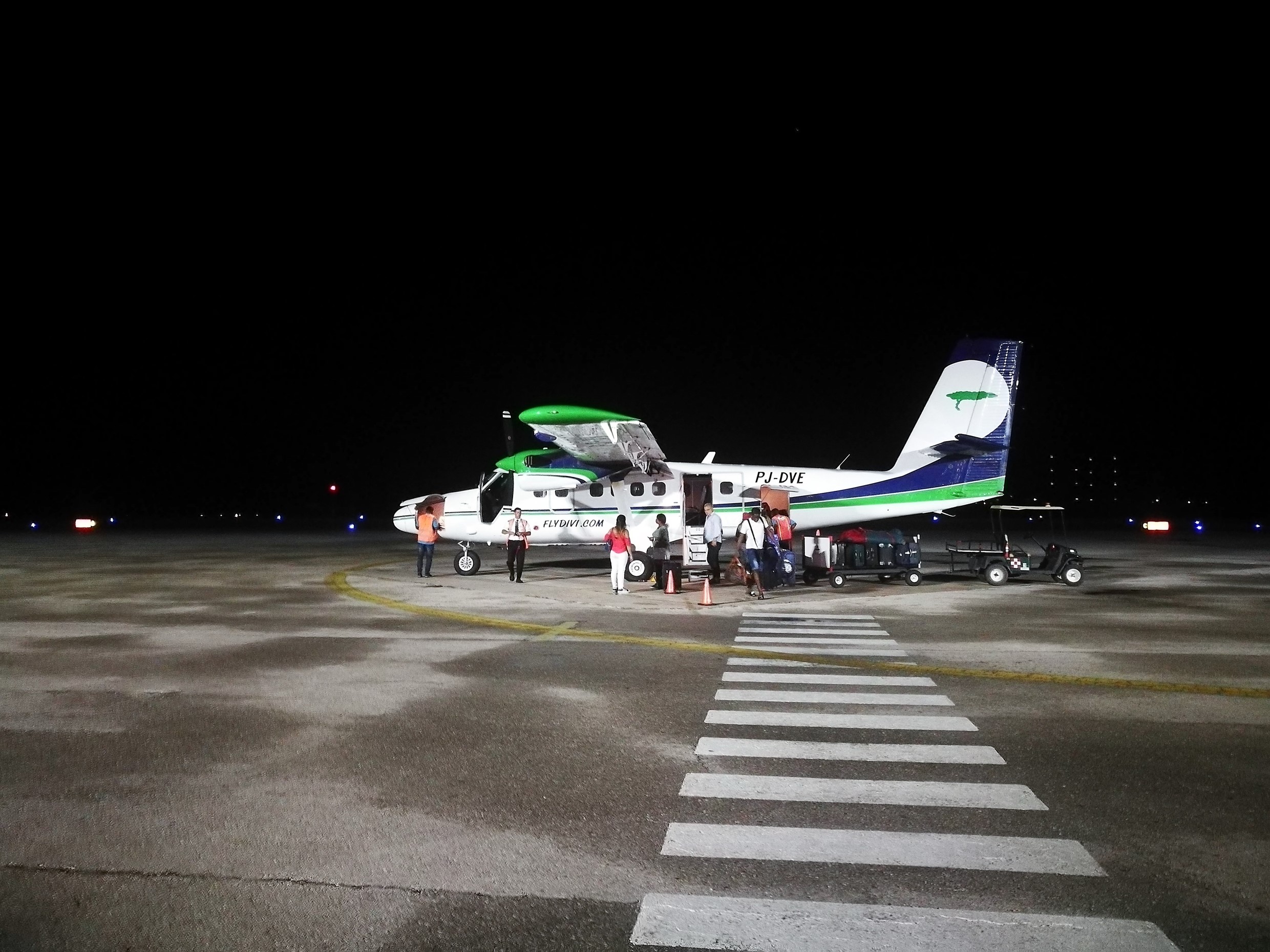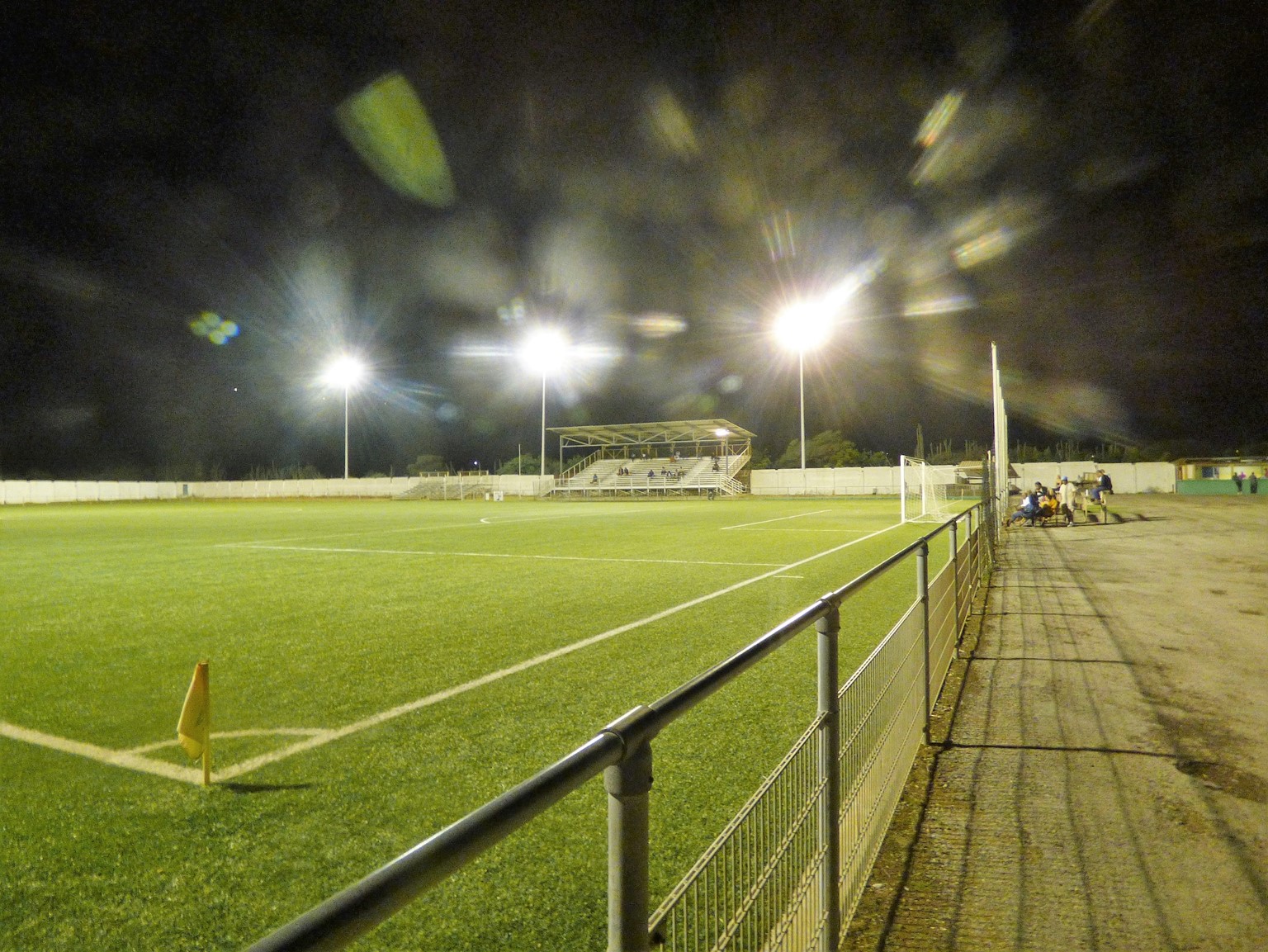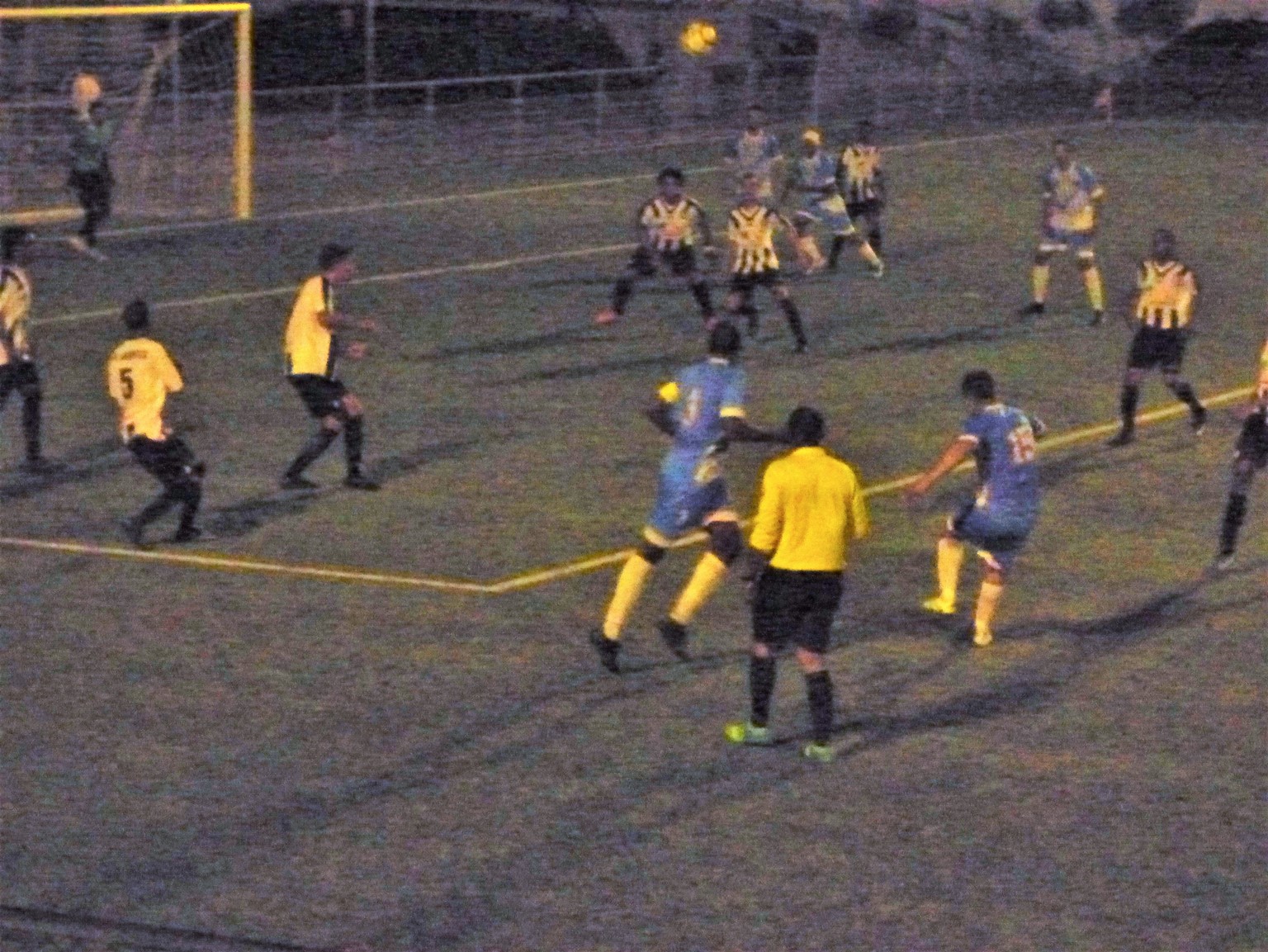Caribbean 5 – The ABC Islands (B is for Bonaire)
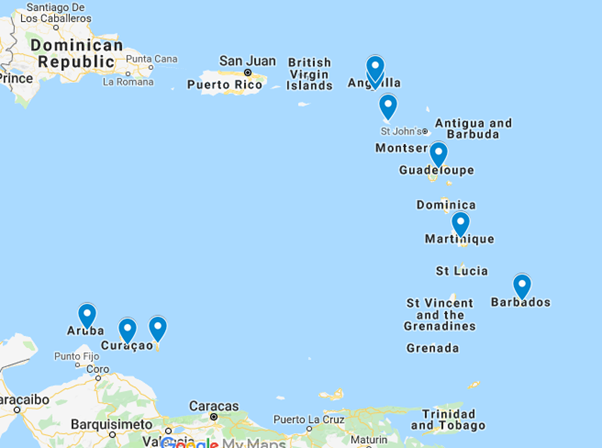
The map shows an approximate locations for my journeys around the Caribbean, with markers for each place that I have seen, or intend to see football on. Most are on the line of small islands, mainly formed by volcanoes, that make up the Eastern edge of the Caribbean. The last three are very different. These are the ABC islands, Aruba, Bonaire and Curacao, which are closer to Venezuela than any of the others
I immediately noticed a number of differences, these must to some extent follow each other.
Firstly, the climate is different, it is far more humid – but apparently, they also get less rainfall than the other islands. One advantage they have because of this is they are not in “hurricane alley”. The dryness of the islands means that the ground is comparatively arid. Once you arrive, you cannot help but notice the number of Cacti around. I would think the next bit is a consequence of this. On the other islands I have visited, the vast majority of the population are black, the descendants of slaves brought to the area to work the sugar plantations. In Aruba, only about 15% of the population are black, with the majority being “mixed race”, that means their ancestry harks back to many groups. The local population that were before the Europeans arrived, people who have moved at some stage from the South American continent, Africans and Europeans.
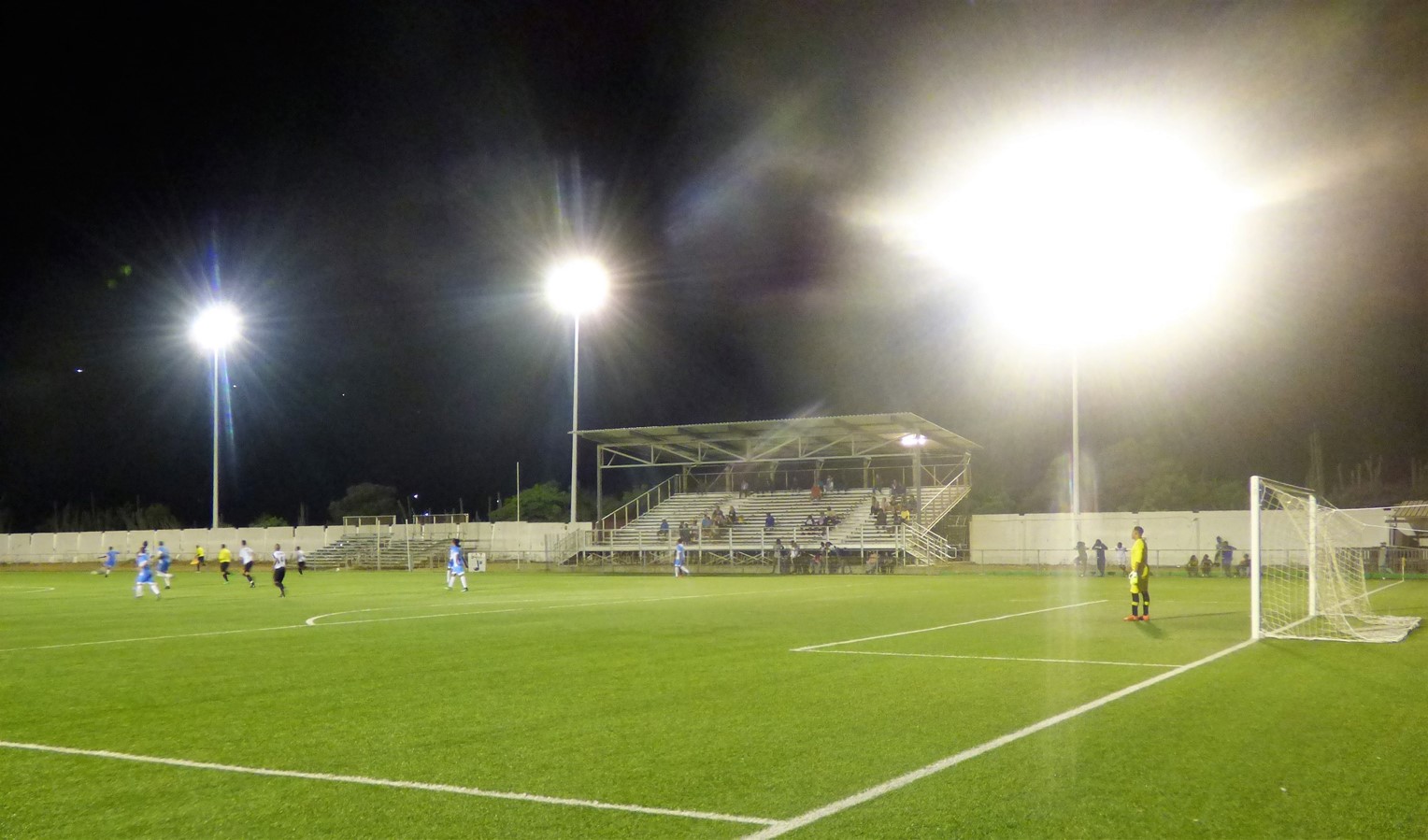
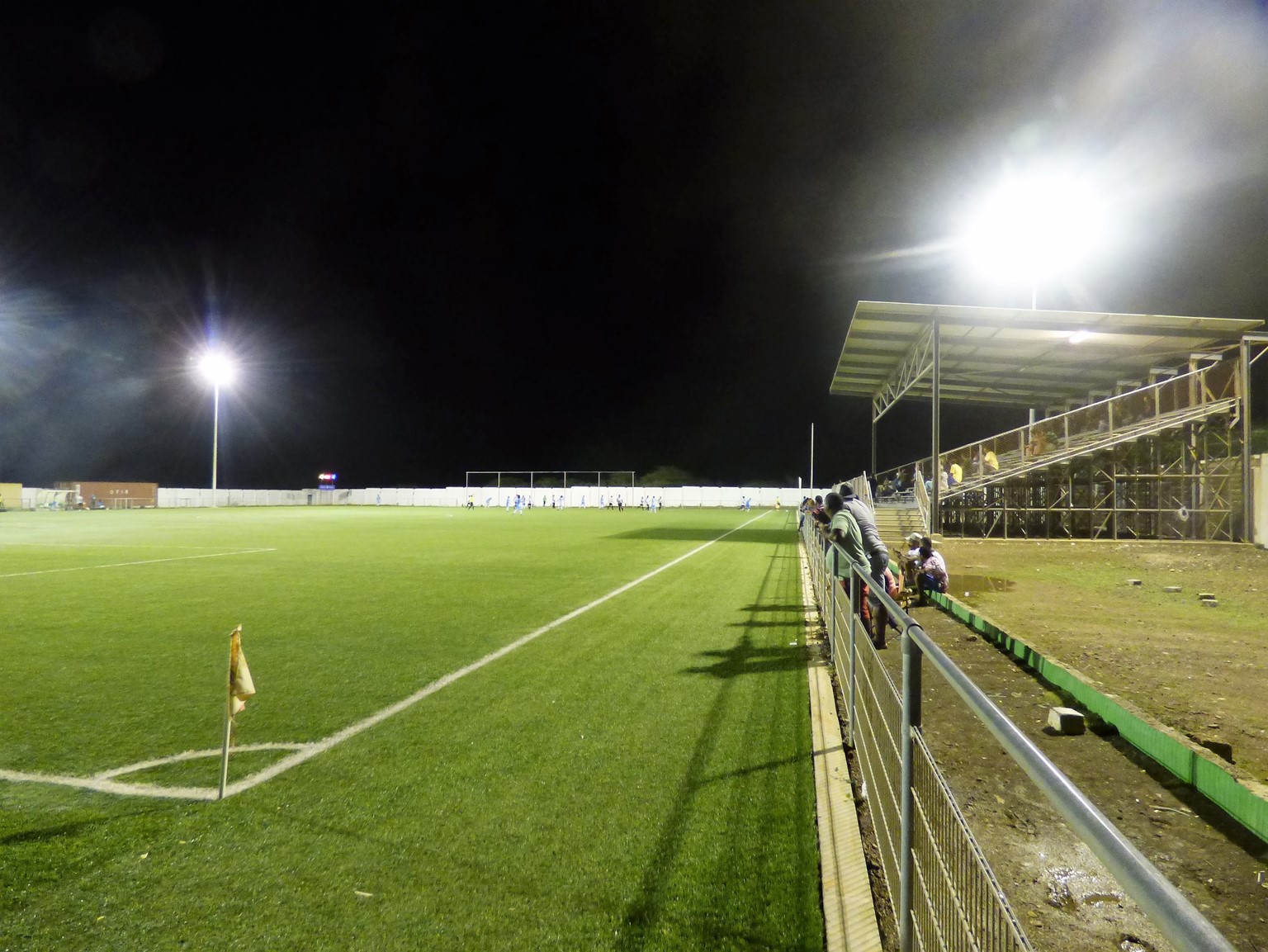

Beyond this, the difference is in the soundtrack of the nations. Everywhere in the Eastern Caribbean, Reggae is king and Bob Marley appears to be the patron saint of the whole area. When the president of the Bonaire FA took me to a local bar, the music playing was Spanish language pop music. In Aruba, they pipe music over speakers in the main street and as far as I can tell, it is a mixture of Spanish, plus Christmas music in English. Not heard Wham yet, but I do think there is something strange about hearing “let is snow”, when the temperature reaches 30°C
My journey from Saint Kitts to Bonaire was convoluted, to say the least. I started simply enough with a taxi to the airport and a flight back to Sint Maarten. Here I had a long wait in the temporary terminal while waiting for my connecting flight to Curacao. There is something to be said for a cramped airport terminal without air conditioning as you talk to those sitting next to you. The beer choices include the two Sint Maarten brewed craft beers that I had sampled before, (its just that in the airport, the price is double that on the boardwalk). I ignored the price and was in a good place when boarding the plane.
I got to Curacao without incident and checked into the hotel. It was further from the town than I had envisaged, and there was a failure of communication over the airport pick up, meaning I had to wait for transport. I managed the walk to town and back. It was further than I thought. In the morning, I walked to the SUBT stadion, which is the secondary stadium for the local league. I took a few photos and noticing the office at the far side of the field was open, I walked across to have a chat.
|
As my fixture list, confirmed by a phone call to the FA gave me Sunday fixtures in the top division at the National stadium, and Monday night on the FFK (Federashon Futbol Korsou) pitch next door. I was not expecting to see a game here. So, after asking about the ground – it is owned by one of the clubs, Sport Unie Brion Trappers. It is run as a club, and the name Brion is not a reference to the beer of the same name available on the island. I asked if there were any games there soon. The reply was that they did not think so, but we’ll just check with the FFK. It turned out that on the Tuesday, they had not been told as yet that all five top division games for the weekend had been switched to their ground. They were pleased to discover this, as it means more income. After that, its back to the accommodation, and on to Bonaire. I had booked with a local airline that gave a good price for my routes, which in basic terms were two return trips from Curacao, first to Bonaire and then to Aruba. However, I had a through booking Bonaire to Aruba and knew I would not miss the short connection time, as the flights would be on the same aircraft. At the airport, it is standard airline business, so all checked in and waiting at the gate with no mention of any delay until after departure time had passed. I later discovered that all this airline’s flights for the day had been cancelled, as had those for the next morning. I was told this was due to crew illness, but let’s face it – that does not add up. The most likely cause was a mechanical problem with the plane, which did not fly at all on the Tuesday, or before 16.00 on the next day. After a long wait, we were finally told that a plane would be found to fly us across to Bonaire just after 9 p.m., about five hours late. It turned out that this was a smaller plane, (the 19 seat de Havilland Dash 6). This basically spent its day running shuttle services between the three islands, and was now contracted to make an extra flight after its standard operations were finished. Fortunately, there were less than 19 passengers waiting (the Fokker F-50 scheduled to run the flight can carry about 60). After a long wait, I eventually arrived at my destination. My taxi driver told me that the staff at the accommodation would not be there on my arrival, and actually went as far as starting to phone them after my arrival, but actually there was someone waiting, who had received my new estimated arrival time sent in by e-mail once I had been appraised of the delay.
The next morning, I had a short walk into town, the road around my accommodation was poor – slightly muddy gravel after rain in the morning. Once you got close to the centre though, it was a different matter with very tidy paving. Tourism on the island can be split into two groups. The cruise ships provide the high-end tours, and they demand the pristine city, with mainly taxi tours to other parts of the island. There is also a much more basic level. The island is well known for its dive spots, and also has several nature reserves away from main town. This results in many tourists looking for a somewhat cheaper experience and longer stays. A small distance out of town in the other direction is a football stadium. I went to have a look, but it was completely locked up with high walls so as I could not get a view. It is not currently in use, except for kids matches. Apparently, its artificial surface is 11 years old and can no longer meet FIFA standards. The local association is waiting on the local government to renew this. This means that at the moment, all league matches take place in Rincon, the island’s second biggest town. No where else is big enough to be a town, I think. I was not sure how best to get there. I made enquiries over a one-day car hire, but this was not a comfortable price. I then had what I thought was a stroke of luck, Ludwig Balentin, the president of the FFB said he would pick me up and sometime between 6.30 and 7.00 for the 8 p.m. kick off. By ten past seven, I was getting nervous, especially as trying to phone Ludwig got me nowhere. So, I gave in and called a taxi. As the taxi pulled up to pick me up, I actually received a call from Ludwig, asking where I was and suggesting I tried to find him. I explained I had booked a taxi, and would see him at the stadium. I think in retrospect, that although this added $25 to my costs, it was a wise move. Ludwig was also meeting a friend who had been working off the island and was still not at the stadium when I asked at half time. They actually made it before the second half started, which meant that I at least had a trip back. The stadium, Stadion Antonia Trinidad is quite simple. The pitch was artificial but in excellent condition, the floodlights were good enough to get a clear view. There is one main stand, erected on scaffolding with a roof, and several small structures with two or three rows of seats each. In one corner is the shortest corner flag pole I have ever seen. The other three were a little taller (but not much). Admission was US$3. I counted the crowd at 100, but more than half of them missed the start. People were still drifting in to the stadium up until half time.
This meant that for many, the game was over as a contest before they had even arrived. SV Juventus, the “home” team were two goals to the good within 14 minutes. They were both fortuitous goals as well. A penalty in the fourth minute was for a hand ball which was not intended. Still, I can imagine the arguments in the match of the day studio, and feel that after filling enough air time to meet contractual commitments, they would conclude the referee was right. The second saw a defender send a looping header over his own goalkeeper. Generally, it was an entertaining game, with both sides playing attacking football, but both lacking a clarity of vision in the last quarter of the field. A common fault with football out here is the lack of running off the ball, and also that many players want to be the hero and hang onto the ball when there are passing opportunities. SV Uruguay pulled a goal back 18 minutes for time. It was a typical centre halves goal scored with a header following a corner. Ludwig Balentin ferried me back to the accommodation, after a drinking session at a bar in Rincon, so it was close to midnight when I got to bed. Still, who cares – you are only old once!! I asked about the application for FIFA membership, which he says will go through, but then when pushed, it seems to be on an indefinite time line. It is clear that the Dutch applications of Bonaire and Sint Maarten have more chance of getting through FIFA, as KNVB supports them. The FFF are not supporting the applications from the French associations in the area which means they are on permanent hold unless they can change the federation’s mind.
Although, with the exception of Rincon place names are not included in the club names, I am told the clubs do represent individual areas on the island. I am quite surprised to note how large the island is. It is larger than Aruba, my next destination even though the latter has five times the population.
|
